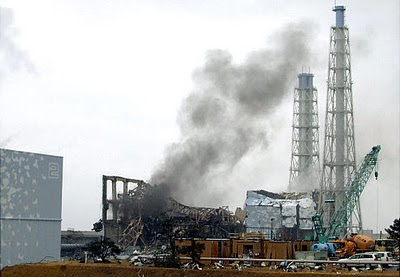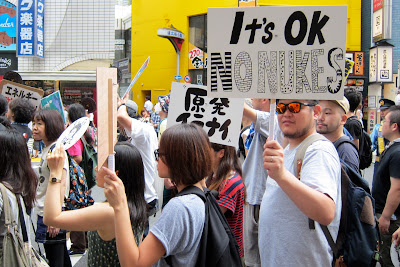
This is a story about a $98 package of grapes. I found them sitting on a supermarket shelf in downtown Tokyo. They were sandwiched between a $2 bunch of bananas and a $3 pack of pears. It was a low-key place for such a high-end product.
The grapes were sold by the bunch. Each bunch contained about 12 grapes. The price per bunch? A whopping 7,350 yen (about $98 or 70 euros). That's 612.5 yen (or $8.16 or 5.83 euros) per grape.
Clearly, these were no run-of-the-mill grapes. The packaging was as excessive as the price tag. The grapes were lined with paper, wrapped in plastic, cradled in Styrofoam and placed in a box. Four layers of packaging signified that these grapes were something special. But I had no idea why they were so exorbitantly expensive.
So I did what any modern detective would do -- I googled it. It turns out there is a reason why the grapes are so expensive. This is not to say the reason is valid or logical but rather to point out that even the most seemingly bizarre and random things in Japan are almost always that way for a reason. The reason may be as bizarre and random as the thing itself but there is a reason why things are the way they are. Like the way the office expects me to follow their absurd orders without question. Every three months or so, they ask me for a photocopy of my passport and visa. My passport and visa do not change every three months. They must have at least 10 copies of the same two pages by now. But they still ask for a new photocopy every few months. I know there is a reason behind it I just don't know what it is.
As for the mysterious $98 grapes, it turns out there are two types of fruit in Japan: the fruit you eat and the fruit you give as a gift. If you don't know how to distinguish between these two types of fruit, the price tag serves as a guidepost. The fruit you eat is cheap. The fruit you give as a gift is expensive.
According to the New York Times, gift fruit is cultivated in a special way. The high price reflects the "exceptional methods" used in growing the fruit. The grapes I found in Tokyo are a variety known as Ruby Roman. They have been engineered to be extra big and super sweet. They are grown, packaged and marketed solely as gift fruit. In other words, the grapes owe their existence to the high-priced-fruit-as-present industry (an industry I'm pretty sure exists nowhere else on the planet). It's a system that works well in Japan, with its love of luxury brands and its culture of gift giving.
So there you have it. Mystery solved.




















